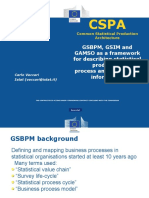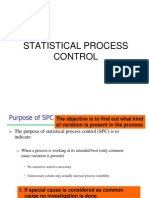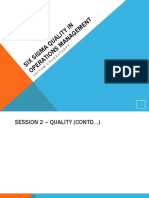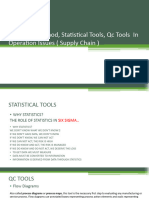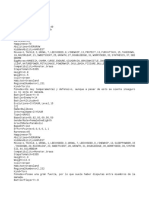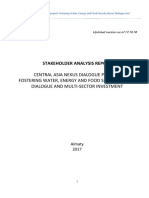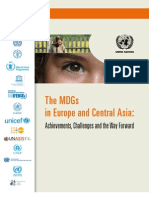0% found this document useful (0 votes)
125 views34 pagesGSBPM Implementation Guide
This document discusses using the Generic Statistical Business Process Model (GSBPM) to document and map statistical production processes. It provides examples of how countries have mapped their processes to the GSBPM sub-processes and the benefits this provides, such as standardizing terminology, facilitating benchmarking and quality management, and identifying areas for improvement.
Uploaded by
FIRDA AZZAHROTUNNISACopyright
© © All Rights Reserved
We take content rights seriously. If you suspect this is your content, claim it here.
Available Formats
Download as PDF, TXT or read online on Scribd
0% found this document useful (0 votes)
125 views34 pagesGSBPM Implementation Guide
This document discusses using the Generic Statistical Business Process Model (GSBPM) to document and map statistical production processes. It provides examples of how countries have mapped their processes to the GSBPM sub-processes and the benefits this provides, such as standardizing terminology, facilitating benchmarking and quality management, and identifying areas for improvement.
Uploaded by
FIRDA AZZAHROTUNNISACopyright
© © All Rights Reserved
We take content rights seriously. If you suspect this is your content, claim it here.
Available Formats
Download as PDF, TXT or read online on Scribd
/ 34











